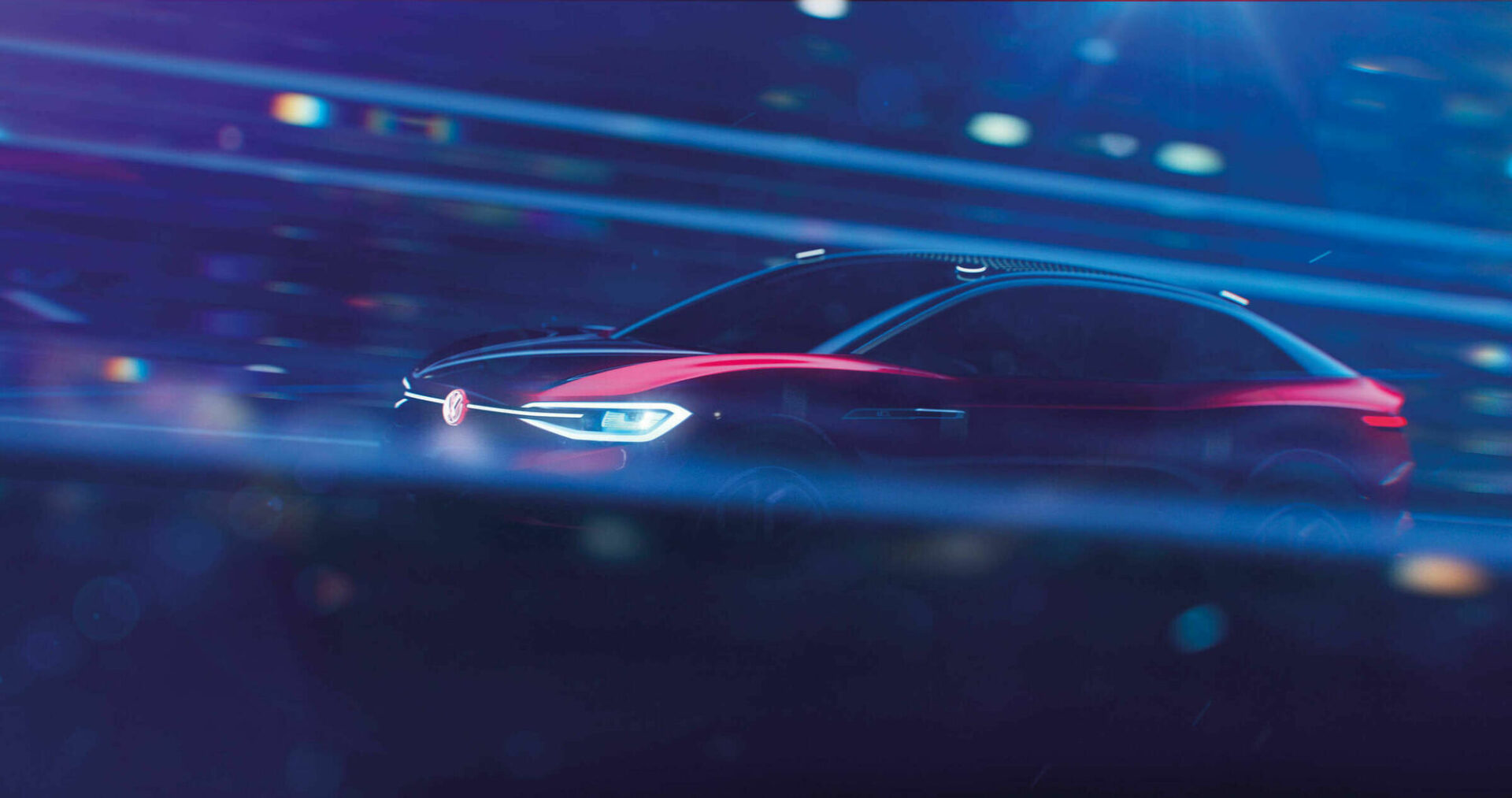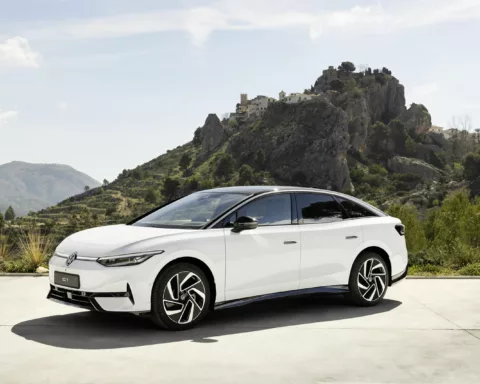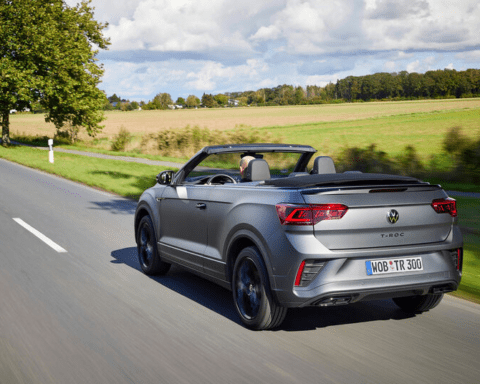The mobility of the future will be shaped by the automation of driving functions. Assistance systems are already in use in various areas – Volkswagen aims to enable fully-automated driving for large numbers of people in the high-volume sector. The crystallisation project being Trinity: the car will be available as of 2026 and will allow highly automated driving in line with level 2+ up to fully automated driving in line with level 4. But what exactly are the five different levels of automated driving? Allow us to explain.
Level 1: assisted driving
At the first level of automated driving, the car provides support through initial driver assistance systems. This means that the driver remains fully responsible for driving, but with the aid of individual assistance systems for certain driving tasks in longitudinal control (such as accelerating and braking) or lateral control (steering). With supporting systems such as the anti-lock braking system (ABS), electronic stability control (ESC) or the automatic lane departure warning system, assisted driving is already part of everyday use in many cars.
Level 2: partially automated driving
Partially automated driving combines various stand-alone systems, enabling the car to temporarily perform some driving functions independently, both in longitudinal control and lateral control. For example, it can stay in a lane, accelerate and brake, without human intervention. At level 2, complex assistance systems such as Volkswagen IQ.DRIVE Travel Assist make life easier for drivers, while leaving them in full control of the car.
Level 3: highly automated driving
At level 3, cars drive themselves to a certain extent: The highly automated car can accelerate, brake and steer automatically. This occurs on certain stretches of the road, for a restricted period and in appropriate traffic situations, but this is the first point at which automated systems take on responsibility for driving in defined situations. So, the driver can relinquish control temporarily, but must be ready to take over again within a matter of seconds at all times if required.

Level 4: fully automated driving
In normal use, the car can drive autonomously and make journeys autonomously in defined use cases (e.g. on a motorway or in a multi-storey car park). In the level before autonomous driving, the person at the wheel is predominantly a passenger. They can hand over responsibility to the system, but can intervene at any time, and they take over again after the fully automated journey. A level 4 car can, where necessary, stop safely by itself and may even drive without occupants in defined areas.
Level 5: autonomous driving
In the final expansion phase, the car makes fully automated and fully autonomous journeys. At level 5 there are only passengers who are not responsible for driving tasks, while the technology in the car masters all traffic situations without exception. On the road without a driver, autonomous driving means neither a driving licence nor the ability to drive is required, since the passengers are not able to intervene. The autonomous car may also make longer journeys without occupants.





